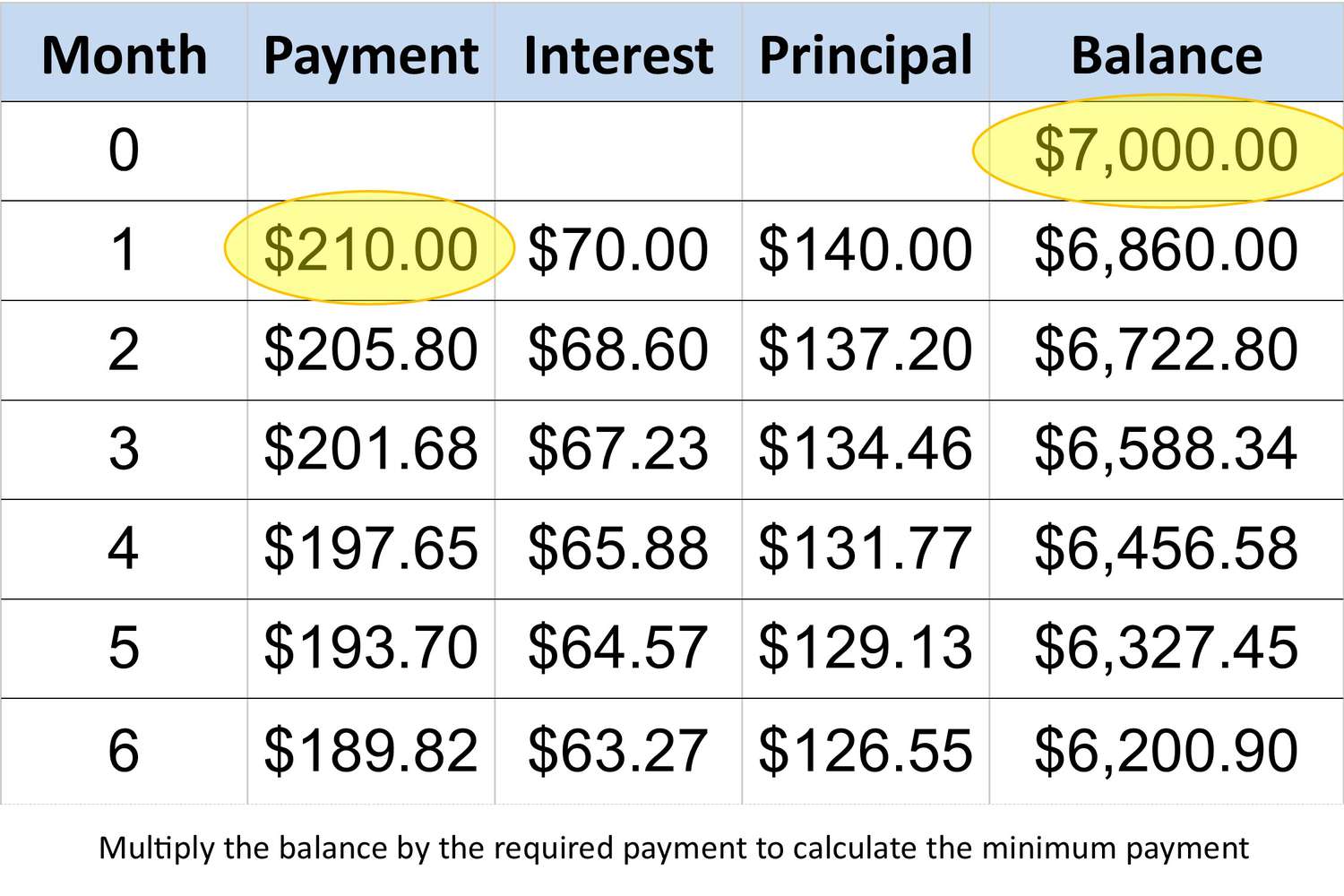

Finance
Relapse Rate Definition
Published: January 18, 2024
Discover the meaning of relapse rate in finance and how it affects your financial stability. Learn why understanding this concept is crucial for effective financial planning.
(Many of the links in this article redirect to a specific reviewed product. Your purchase of these products through affiliate links helps to generate commission for LiveWell, at no extra cost. Learn more)
Understanding Relapse Rate in Finance: A Comprehensive Guide
Welcome to our Finance category! In this blog post, we will delve into the concept of relapse rate and how it relates to financial matters. Whether you’re an investor, financial analyst, or simply someone interested in money management, understanding relapse rate is crucial for making informed decisions and minimizing risks. So, let’s dive right in!
Key Takeaways:
- Relapse rate is a measure that assesses the probability of a financial event reoccurring after a period of recovery.
- Monitoring relapse rate allows investors to evaluate the stability and sustainability of financial instruments or strategies.
What is Relapse Rate?
Relapse rate, often used in the field of finance, refers to the likelihood of a financial event relapsing or returning after a period of improvement or recovery. It helps assess the stability and sustainability of a particular financial instrument, strategy, or market trend.
In simpler terms, the relapse rate measures how likely a particular financial event is to reoccur, even after it appeared to have been resolved or subsided. By understanding and monitoring this rate, investors can make more informed decisions based on the potential risks and rewards associated with a given investment.
Factors Affecting Relapse Rate
Several factors can influence the relapse rate in finance, including:
- Market Volatility: A highly volatile market can increase the chances of a relapse, as rapid fluctuations can make it challenging to sustain improvements.
- Economic Conditions: Macroeconomic factors such as recessions or inflation can affect the relapse rate, as they impact overall market stability.
- Industry-Specific Risks: Certain industries may be more prone to relapses due to factors such as regulatory changes, technological advancements, or shifts in consumer behavior.
- Financial Management: The effectiveness of financial management practices can directly impact the relapse rate. Sound financial planning, risk management strategies, and compliance measures can help reduce the likelihood of a relapse.
Why is Relapse Rate Important in Finance?
Understanding the relapse rate and its implications is essential for individuals and organizations involved in financial decision-making. Here’s why it matters:
- Risk Assessment: By understanding the relapse rate associated with different financial events, investors can evaluate the potential risks involved and make more informed decisions.
- Performance Evaluation: Monitoring the relapse rate can help assess the performance and effectiveness of specific financial instruments, strategies, or portfolios.
- Forecasting and Planning: Relapse rate data can provide insights into future trends and market conditions, helping individuals and businesses plan and prepare for potential relapses.
- Regulatory Compliance: For individuals and organizations within regulated industries, understanding the relapse rate can assist in compliance efforts by identifying potential risks and implementing necessary safeguards.
While it’s impossible to predict the future with certainty, analyzing the relapse rate can provide a valuable framework for decision-making and risk mitigation in the finance realm.
Conclusion
Whether you’re an investor, financial analyst, or simply someone curious about the world of finance, understanding the relapse rate is crucial for making informed decisions and managing risks. By examining the factors affecting the relapse rate and its implications, you can better assess a given financial event’s stability and determine the best course of action.
Remember, monitoring the relapse rate allows you to evaluate potential risks and rewards, assess performance, and plan for the future. So, dive into the world of finance armed with this knowledge and embark on your financial journey with more confidence and savvy!














